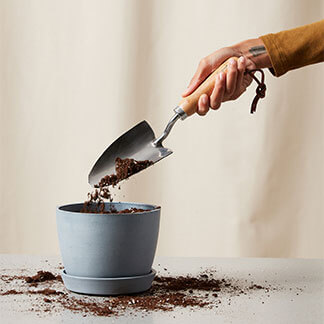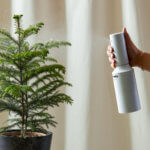Water
Conifers enjoy consistently moist, well-drained soil. If they’re overwatered, they’re susceptible to root rot, which can happen if a water-retaining soil mix is used or if the saucer is left full of water. The first sign of overwatering is droopy branches with leaves that will begin to yellow. If you notice this, drain any excess water and allow at least 50% of the soil volume to dry out before watering again.
Pests
Sap-sucking insects like spider mites, scale, or mealybugs can feed on the leaves and branches of your conifer, literally sucking the juices out of your plant and leaving it limp and droopy. Examine your plant carefully for signs of insect pests, including webbing, speckled or spotted leaves, or raised bumps on the leaves and branches. If you find signs of pest activity, quarantine your plant away from the rest of your collection and treat it accordingly.
Cold injury
If your conifer has experienced a sudden drop in temperature, you might notice freeze damage which can result in damaged, droopy branches. Move your plant indoors to a warmer area and keep it minimally watered until it recovers. Freeze-damaged foliage can be pruned off and the plant will push out new growth in the spring. Be sure to protect your conifer from freezing temperatures which can kill the entire plant.
Age + size
Sometimes, a completely healthy plant can experience droopy branches simply due to the added weight of lush, new growth! If this is the case, you have a few options — you can simply enjoy your plant’s new shape, or you can remove some of the weight by pruning with a pair of clean, sharp scissors. Many conifers are grown in a distinctive cone or topiary shape and should be regularly trimmed to maintain their shape.










